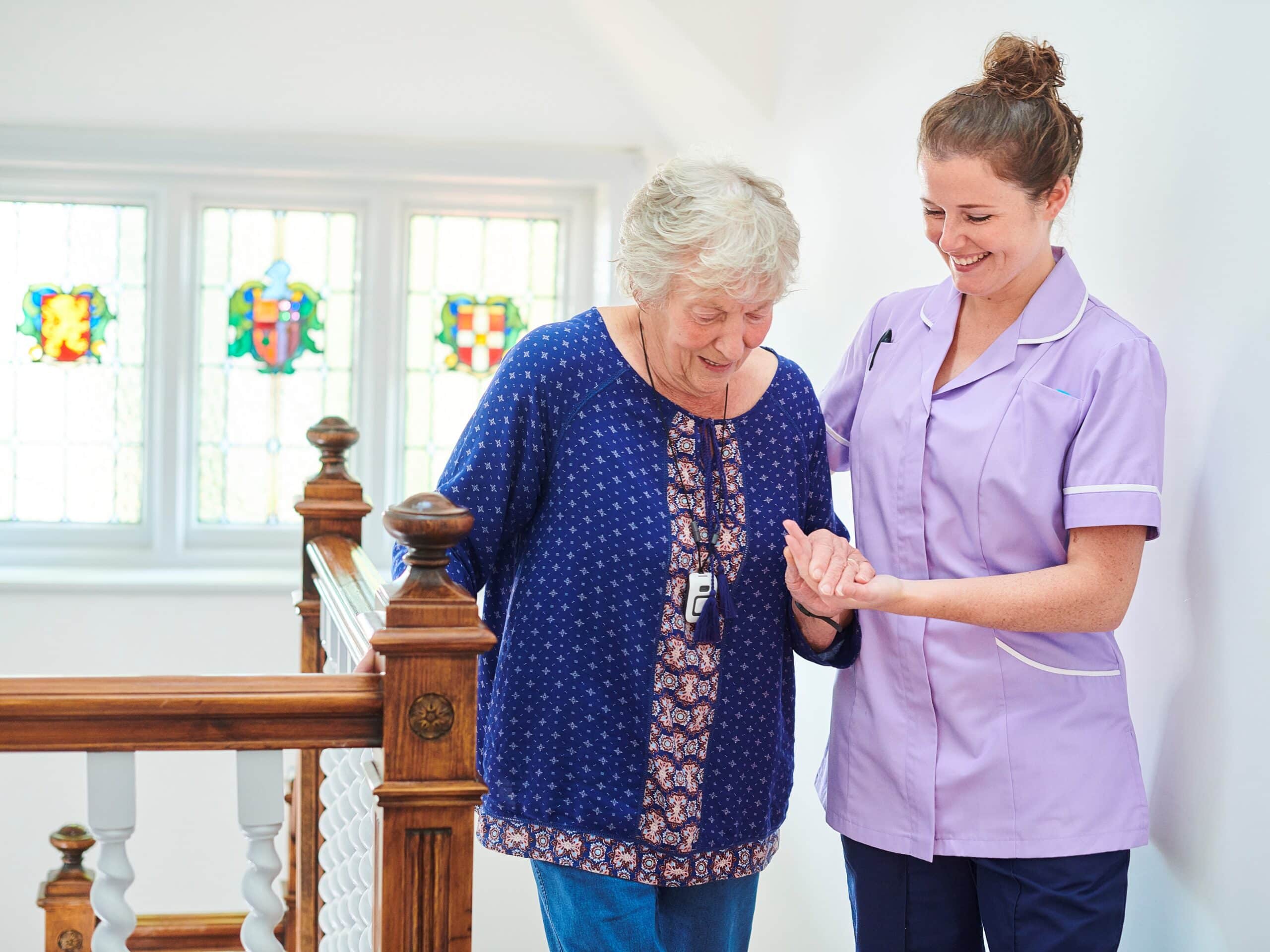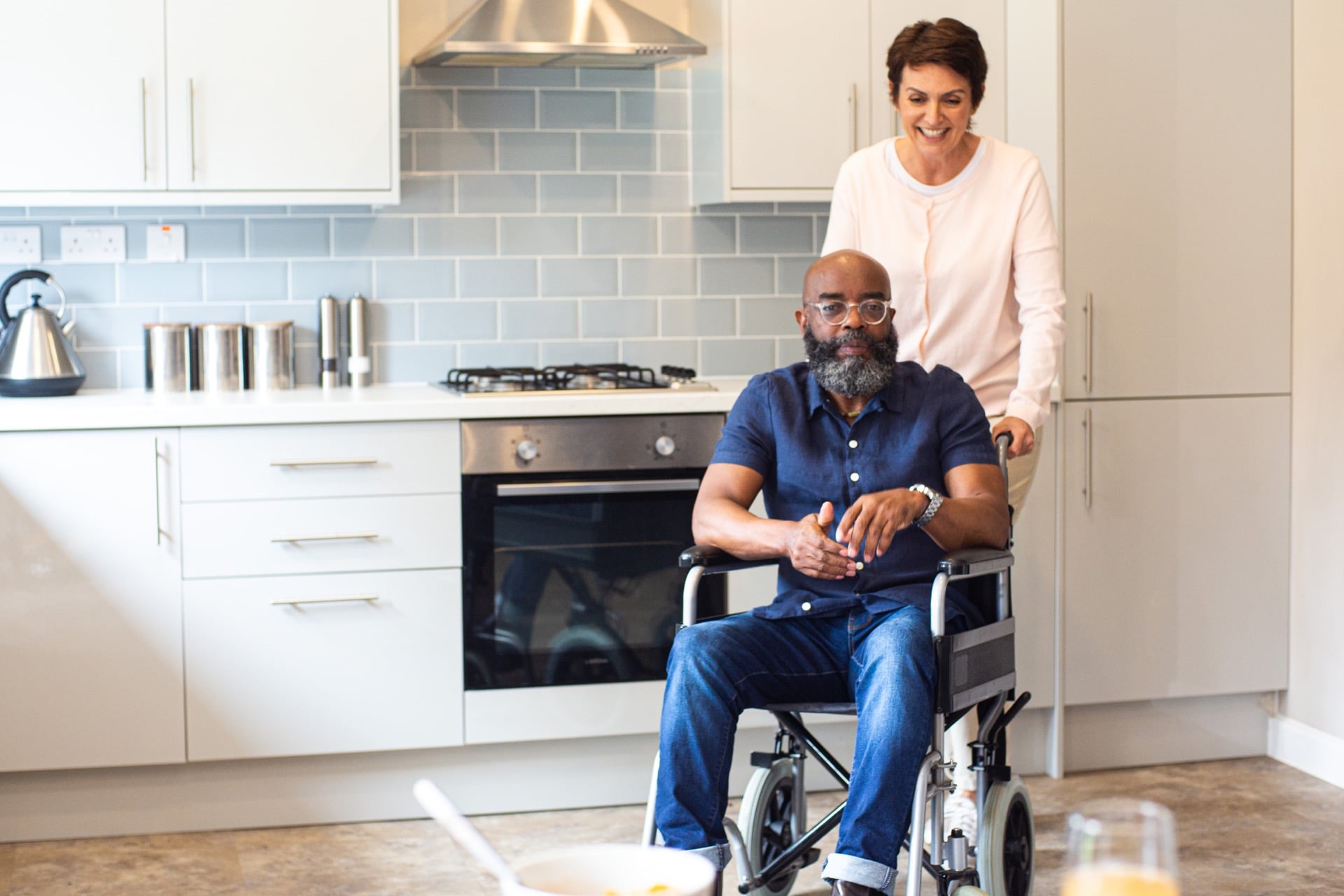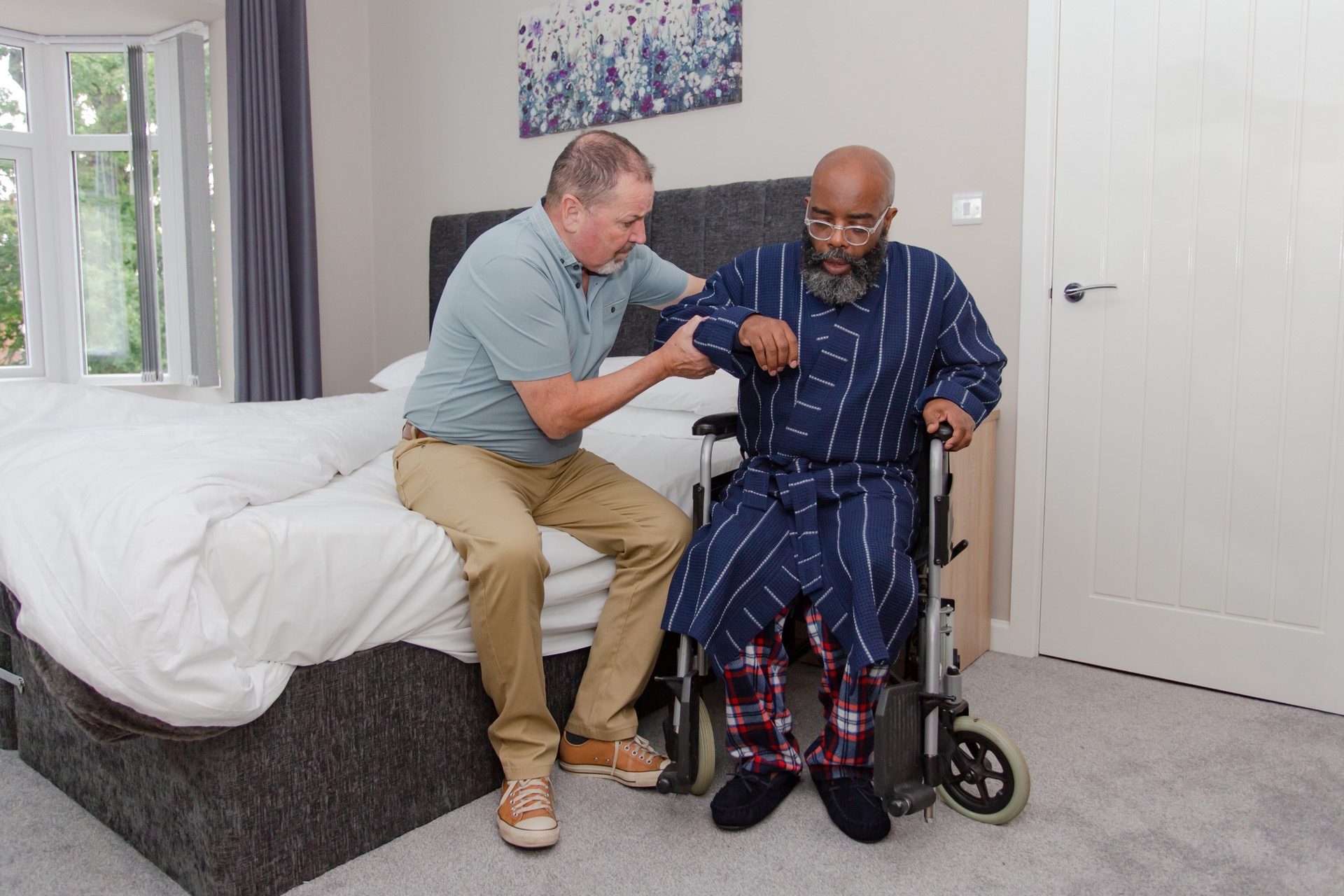Hodgkin’s lymphoma
What is Hodgkin's lymphoma?
Hodgkin’s lymphoma is an uncommon type of cancer that develops in the lymphatic system.
Developed in the lymphatic system (a network of vessels and glands that make up part of the immune system), Hodgkin’s lymphoma is a fairly uncommon type of cancer. It is caused by a mutation of DNA in white blood cells.
Lymphocytes are a type of white blood cell which the body produces in order to combat infections. With Hodgkin’s lymphoma, these multiply in an abnormal way and greatly reduce your ability to fight infections.
This type of cancer affects people of all ages, but it’s adults in their early 20s or over the age of 70 who are mostly affected. In the UK, around 2,000 people are diagnosed with the condition each year.


How to spot Hodgkin’s lymphoma
The most common symptom of Hodgkins lymphoma is a swelling in one of the body’s lymph nodes – small pieces of tissue located around the body. This is usually painless, though it can sometimes ache, and often appears in the neck, armpit or groin areas.
It’s important that you seek medical attention as quickly as possible if you spot these symptoms. It can be an aggressive type of cancer and spreads quickly throughout the body. That said, it is relatively easy to treat.
Other symptoms of Hodgkin’s lymphoma can include:
Night sweats
Unintentional weight loss
Fever
Persistent cough or breathlessness
Persistent itching
What else causes Hodgkin’s lymphoma?
Though the specific cause is unknown, there are various factors that can increase your risk of developing the condition. It can be passed on to you if you have a relative who currently has or has had Hodgkin’s lymphoma in the past. Despite this, it is not thought to be an inherited condition.
Medical conditions that weaken the immune system, such as HIV, can also place you at a higher risk, as can certain types of medication you may be on after an organ transplant, for example. The Epstein-Barr virus (which causes glandular fever) can also increase the likelihood of developing Hodgkin’s lymphoma, although it’s important to note that this isn’t always the case. You may also be at risk if you’ve undergone treatment for other types of lymphoma, such as chemotherapy or radiotherapy.

Testing and identifying Hodgkin’s lymphoma
Hodgkin’s lymphoma can only be diagnosed by carrying out a biopsy.
A biopsy involves removing some – or all – of an affected lymph node for further tests, which can reveal the type and stage you have. It’s not uncommon to have further tests after having a biopsy. These can include a blood test to check your general health and the functions of certain organs, a chest X-ray to see if the cancer has progressed to the lungs, or enhanced scans such as an MRI or CT scan to reveal how far the cancer has spread. The stages of Hodgkin’s lymphoma are:
Starts locally
Only one group of lymph nodes is affected, such as the ones in your neck or groin
Spreads to nearby nodes
Two or more lymph node groups are affected, located either above or below your diaphragm
Spread increases
A greater number of lymph node groups above and below the diaphragm are affected
Affects entire lymphatic system
The cancer has spread throughout the entire lymphatic system and also to other organs
Treating Hodgkin’s lymphoma
The treatment for Hodgkin’s lymphoma is completely dependent on the stage and type you have. Usually, the cancer can be treated by chemotherapy alone, or combined with radiotherapy. In some cases, there might be further treatment needed to alleviate these effects but most people with Hodgkin’s lymphoma are able to continue their lives as normal.
Radiotherapy is most effective in treating early stage Hodgkin’s lymphoma and is given in short sessions each day over a period of weeks. For more advanced cases of Hodgkin’s lymphoma, additional treatment with steroids may also be required or if the initial treatment has been unsuccessful. In rare cases, a specific type of steroid is provided during chemotherapy.

Side effects of treatment may include:
Fatigue
Breathlessness
Nausea
Diarrhoea
Mouth ulcers
Breathing easily
After Hodgkin’s lymphoma

It's important to keep attending regular check-ups after your treatment ends.
Hodgkin’s lymphoma is often straightforward to treat. However, you will be more at risk of developing infections and potentially ‘second’ cancers such as leukaemia. You can reduce the risk of this occurring through following a healthy lifestyle and reporting any concerns to your GP.
After your treatment has ended, you may still experience long-term health complications, which is why it’s important to attend regular check-ups and keep your vaccinations up to date.
No matter how small it might seem, if you are concerned about anything, discuss your worries with a healthcare professional.
Fully regulated by the CQC / CIW
Here at Helping Hands, our cancer care service is fully managed and regulated by the Care Quality Commission (CQC).
From your very first phone call to our friendly team, every aspect of your home care service is independently monitored and regulated by the CQC and Care Inspectorate Wales (CIW).
Independently regulated
Our service is independently monitored and regulated by the Care Quality Commission (CQC)
Full peace of mind
Regulation provides you with peace of mind that your care provider is accountable for their service
A quality guarantee
Our regulation means that we’ll provide you with high quality care, no matter what
How to arrange home care
At Helping Hands, we make it incredibly straightforward to arrange care so that we can focus on what really matters: your needs. Speak to our team today to begin your care journey.
Speak to our team
Call our team of experts to talk through your options and any questions you may have
Free home care assessment
Your local Helping Hands manager will visit you to discuss your care requirements
Find your carer
We’ll help to match you with a carer who meets your preferences and has the right skills
Page reviewed by Kerry Feltwell, Regional Clinical Lead, on November 18, 2021.